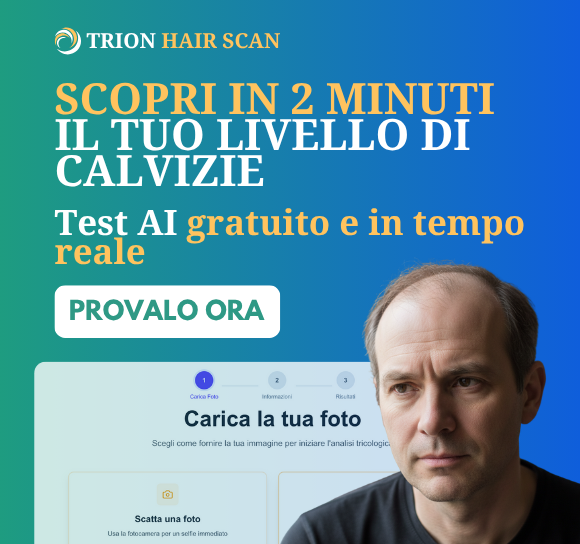Proscar
Description: Proscar (finasteride) was the first FDA-approved drug in the treatment of BPH. It works by inhibiting the activity of an enzyme, 5 alpha-reductase, involved in male sex hormone (testosterone) metabolism. Proscar blocks the transformation of testosterone to hihydrotestosterone, a very potent hormone derived from testosterone, within the prostate. Dihydrotestosterone is responsible for the overproduction of prostate cells which ultimately results in prostate enlargement.
Effectiveness and safety:
Although Proscar has received much attention, based on the results of the clinical trials, less than 37% of patients on Proscar will experience clinical improvement after taking the drug for one year and it must be taken for at least six months before any improvement can be expected. Meanwhile, about 5% of men suffer from decreased libido, ejaculatory disorders, and impotence while on the drug. Despite Proscar`s shortcomings and side effects, Merck, the manufacturer of Proscar, has predicted sales will soon reach $1 billion dollars annually.
Saw Palmetto Extract
Description: The Saw palmetto extract used in the clinical studies is a well-defined purified fat-soluble extract containing between 85% and 95% fatty acids and sterols. Like Proscar, the therapeutic effect of the Saw palmetto extract appears to be due to its inhibition of dihydrotestosterone. However, the Saw palmetto extract also inhibits the binding of dihydrostestosterone at cellular binding sites.
Effectiveness and safety:
Numerous double-blind clinical studies on the Saw palmetto extract have shown it to be effective in nearly 90% of patients usually in a period of 4 to 6 weeks. Detailed toxicity studies in animals, as well as the results from clinical trials, indicate that the Saw palmetto extract is without toxicity or side effect. Despite the impressive clinical effectiveness, safety, and popularity of Saw palmetto extract in the treatment of BPH in the United States, manufacturers are prohibited from making any medical claims by the FDA.
An extract of the berries from the Saw palmetto (Serenoa repens), a palm tree native to the Southern Atlantic coast, has emerged as a popular treatment for an enlarged prostate both in Europe and the United States. This popularity is for good reason. Over 20 double-blind, placebo controlled studies have demonstrated the fat-soluble extract of the Saw palmetto berries is very effective in relieving all of the major symptoms of benign prostatic hyperplasia (BPH) including increased nighttime urinary frequency, the most bothersome complaint. In fact, in these studies, the Saw palmetto extract has been shown to exert superior benefits compared to Proscar, the standard prescription drug used in the medical treatment of BPH.
To illustrate Saw palmetto extracts`s superiority over Proscar, let`s look at the effect of both on the maximum urine flow rate, a good indicator of bladder neck obstruction due to an enlarged prostate.
Saw palmetto vs. Proscar on urine flow rate (milliliters per second)
Saw palmetto extract Proscar Initial Measurement 9.53 ml/sec 9.6 ml/sec 3 months 13.15 ml/sec* 10.4 ml/sec 12 months ** 11.2 ml/sec % increase 38% in 3 months 16% in 12 months *Many studies on the Saw palmetto extract were less than 90 days; final measurements were calculated as 90 measurements. **There are no long-term studies on Saw palmetto extract, yet the effect at 3 months (or less) is obviously superior to that of Proscar. Clinical studies demonstrating the efficacy of Saw palmetto* in BPH Authors Type of Study No. ofpatients Length of study Results Boccafoschi, et al Double-blind 22 60 days Significant difference for volume voided, maximum flow, mean flow, dysuria, nocturia Cirillo, et al Open 47 4 months Significant difference for: dysuria, nocturia, urine flow Tripodi, et al Open 40 30-90 days Significant difference for: dysuria, nocturia, volume of prostate, voiding rate, residual urine Emili, et al Double-blind 30 30 days Significant difference for: number of voidings, strangury, maximum and mean urine flow, residual urine Greca, et al Open 14 1 to 2 months Significant difference for: dysuria, perincal heaviness, nocturia, volume of urine per voiding, interval between two dumal voidings, sensation of incomplete voiding Duvia, et al Controlled trial vs. pygeum 30 30 days Significant difference for voiding rate Tasca, et al Double-blind 30 31 to 90 days Significant difference for: frequency, urine flow measurement Cukier, et al Double-blind 168 60 to 90 days Significant difference for: dysuria, frequency, residual urine Crimi, et al Open 32 4 weeks Significant difference for: dysuria, nocturia, flow measurement, residual urine Champault, et al Double-blind 110 28 days Significant difference for: dysuria, nocturia, flow measurement, residual urine Mattei, et al Double-blind 40 3 months Significant difference: dysuria, nocturia, residual urine *dose = 320 milligrams per day














